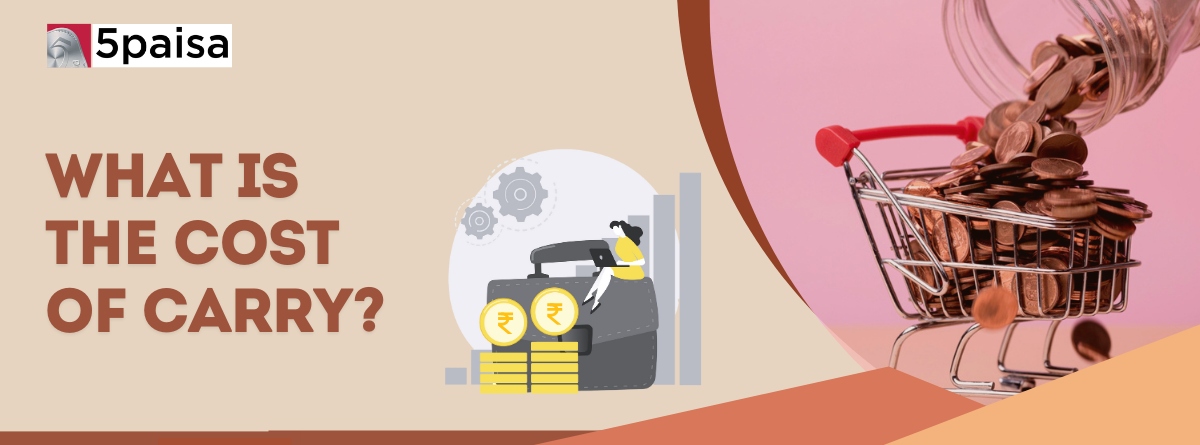Content
- Introduction
- What Is the Cost of Carry?
- Understanding the Cost of Carry
- Futures Cost of Carry Model
- Can the Cost of Carry Be Negative?
- Other Derivative Markets
- Net Return Calculations
- Conclusion
Introduction
An asset's futures price is usually higher than its spot price (or cash price). The futures price generally accounts for the cost of buying, financing, storing, and insuring the commodity or asset for the seller. Cost of carry is the term used to describe these costs. Let’s understand the cost of carry definition and how it works in detail.
More Articles to Explore
- Difference between NSDL and CDSL
- Lowest brokerage charges in India for online trading
- How to find your demat account number using PAN card
- What are bonus shares and how do they work?
- How to transfer shares from one demat account to another?
- What is BO ID?
- Open demat account without a PAN card - a complete guide
- What are DP charges?
- What is DP ID in a demat account
- How to transfer money from demat account to bank account
Disclaimer: Investment in securities market are subject to market risks, read all the related documents carefully before investing. For detailed disclaimer please Click here.



